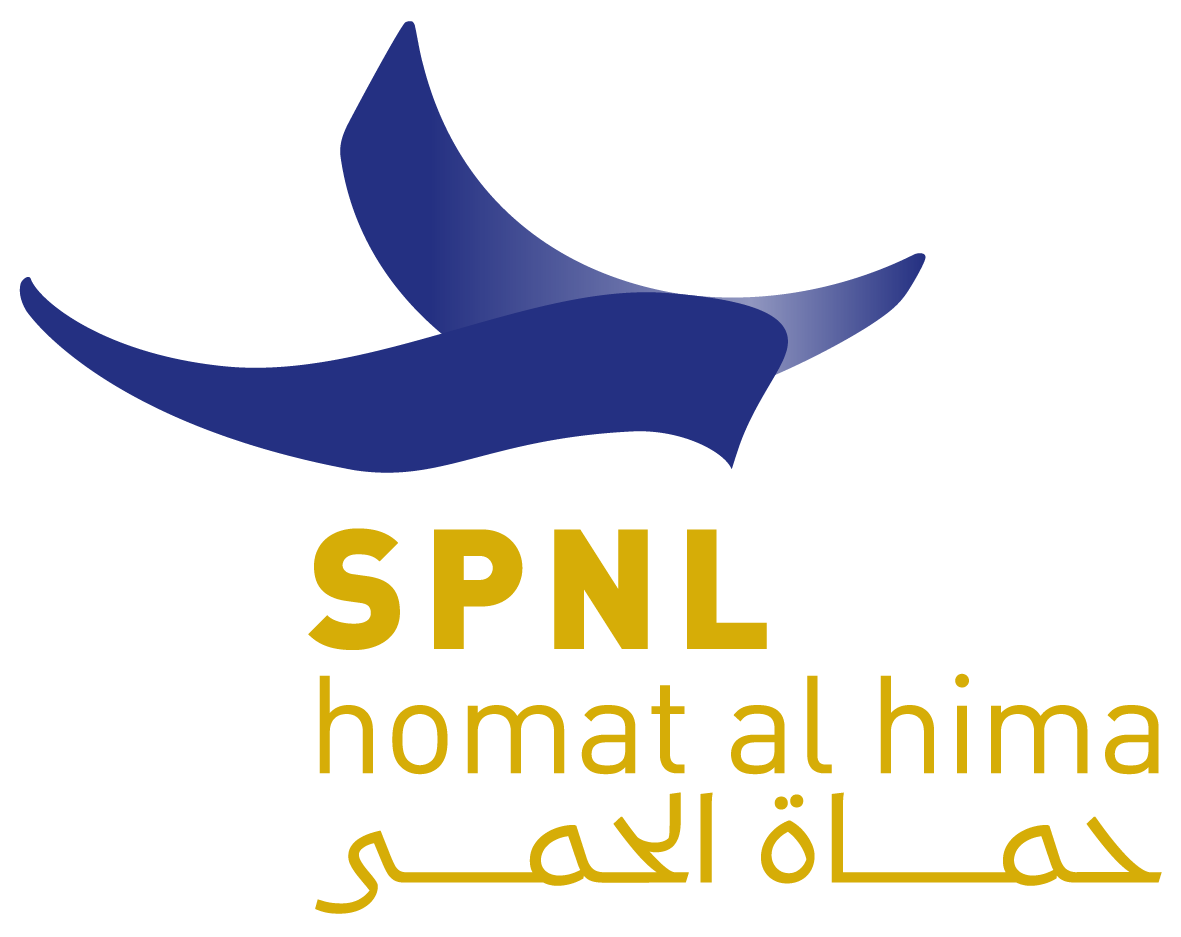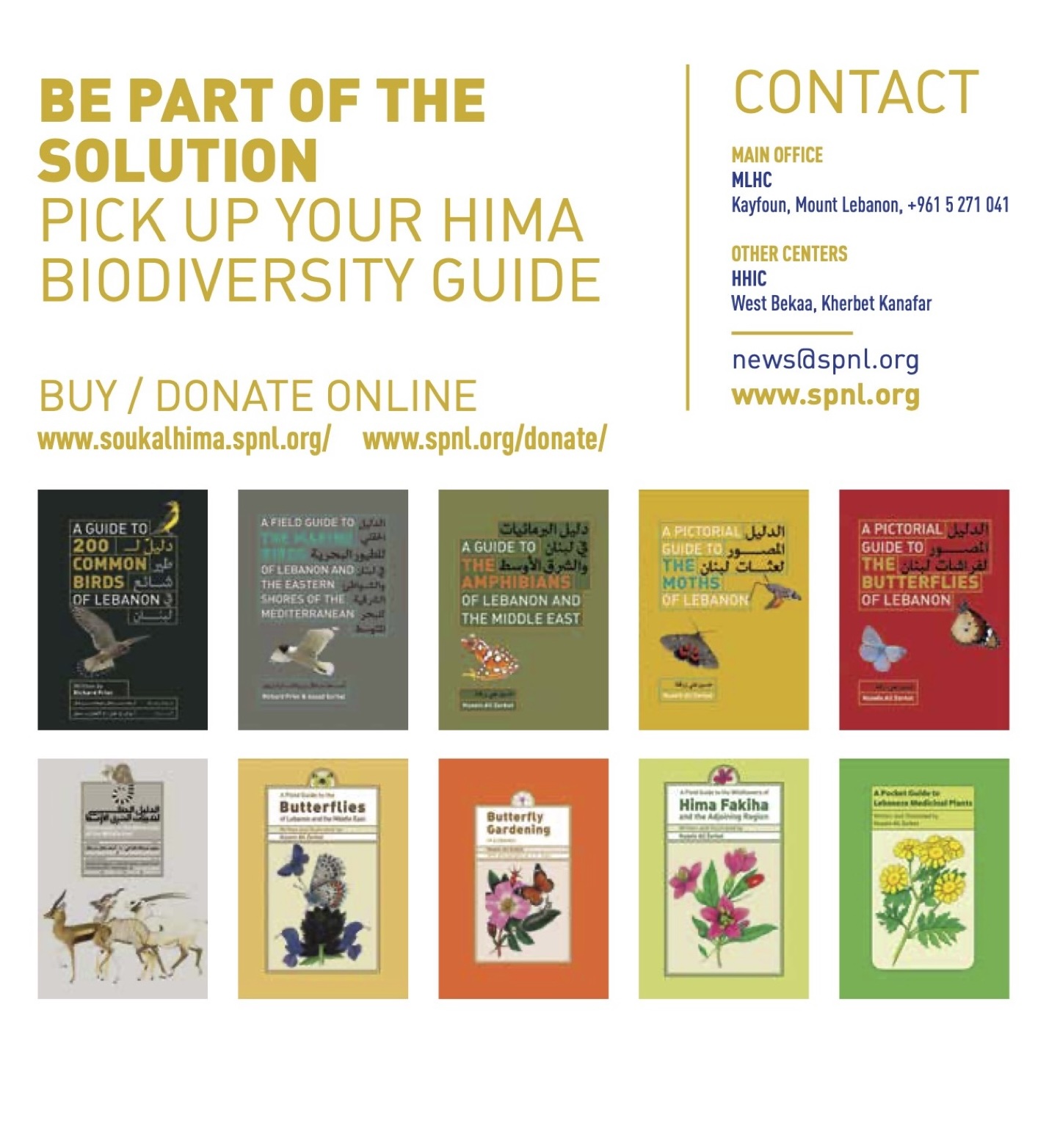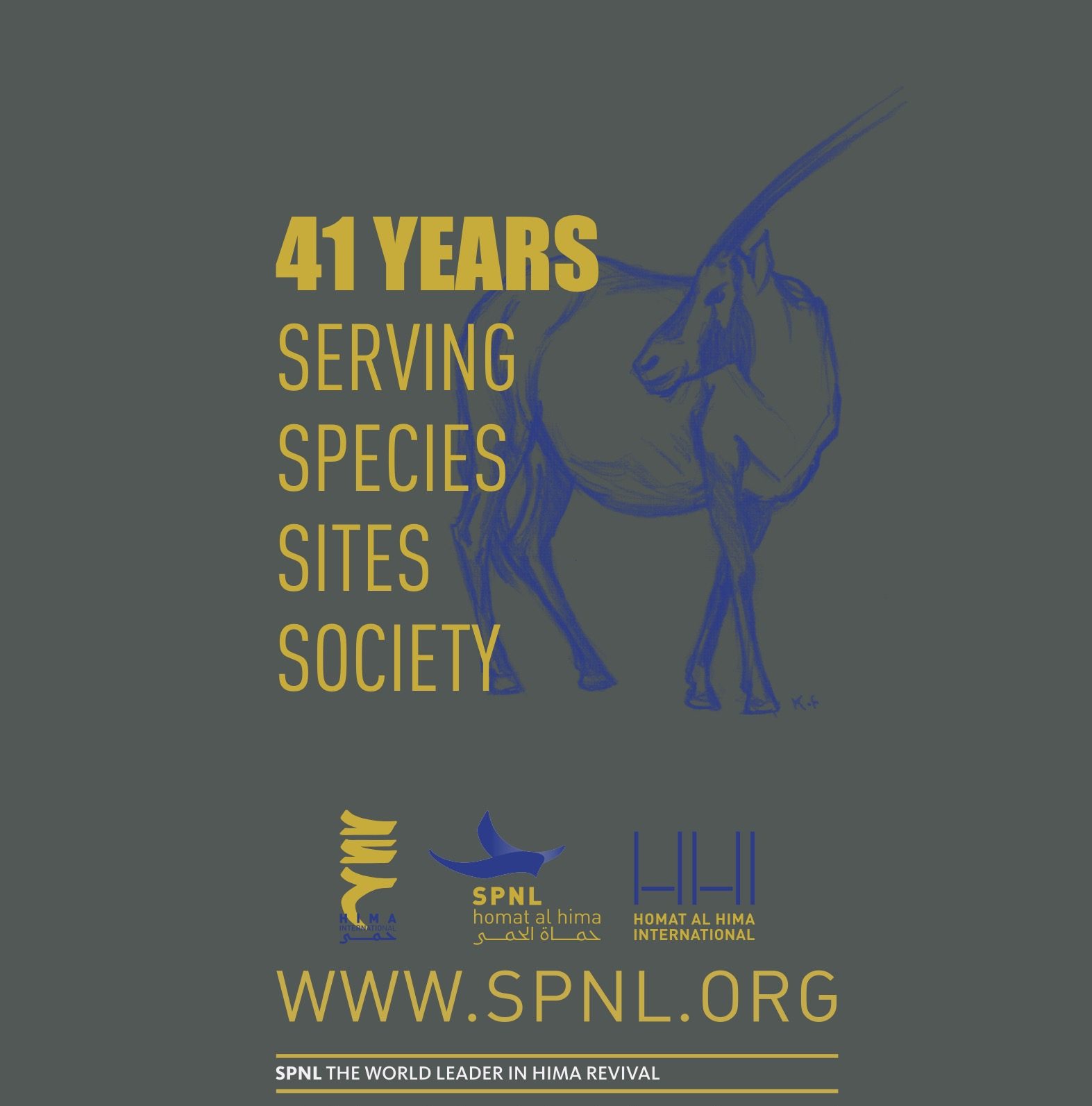The head of BirdLife International on why safeguarding other species is inseparable from ensuring humanity’s own survival.
In 1995, a young Patricia Zurita was researching freshwater dolphins in the Andean mountains when the latest bout of border violence erupted between her home nation of Ecuador and neighbouring Peru. Her team’s conservation work was thrown into disarray. Soon after, however, those same efforts helped settle the decades-long dispute – through a peace agreement rooted in the creation of two cross-border ecological parks.
Now chief executive of BirdLife International, the world’s largest conservation partnership, Zurita passionately believes that safeguarding other species is inseparable from ensuring humanity’s own survival. “You cannot rip one strand from a cobweb without destroying the whole,” she will tell delegates in a speech at this week’s COP15 biodiversity summit, where a draft Paris-style agreement to save nature is at stake.
“We must seize this opportunity” – BirdLife CEO speaks at UN Biodiversity Conference
Conservation targets set at previous COPs have been missed by wide margins. New data from the UK’s Natural History Museum shows how human pressures have caused plants, fungi and animals around the world to plunge to 75 per cent of their original abundance. In Britain, the situation is worse, with half of native wildlife lost over the centuries. This means the planet has already crossed what researchers consider the safe limit for preventing “ecological meltdown”, beyond which successful pollination and harvests cannot be assured. According to last year’s WWF Living Planet report, animal populations alone plummeted by nearly two-thirds between 1970 and 2016.
When we spoke over Zoom, Zurita had just filmed a video message for the conference. Rainbow-coloured bee-eater birds were set as a screen background. Yet her own focus, she explained, was on the need for governments to replace shiny promises with concrete action and measurable results.
“We cannot set up wonderful new targets and then discover five years – or worse, ten years – down the road that we have failed,” she stressed. “It’s not about isolating biodiversity and just leaving the ‘tree-huggers’, as we’re often called, to complain. People have been paying a lot more attention to the climate crisis and don’t realise that we have actually lost loads of nature already.”






